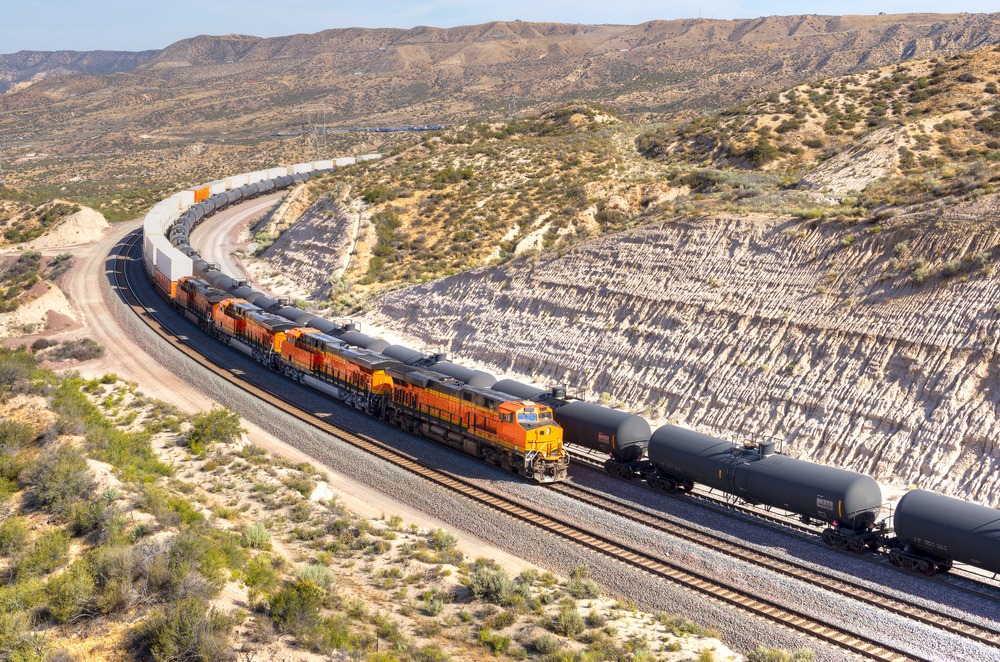
A leader of the House Transportation and Infrastructure Committee recently raised concerns that railroads operating trains of 200 or more rail cars create long delays at road grades and create public safety risks.
Citing the Aug. 2 derailment of a CSX train consisting of 178 rail cars carrying flammable and hazardous material along with other mixed freight, U.S. Rep. Peter DeFazio (D-OR), the ranking member of the committee, requested a Government Accountability Office (GAO) review of safety issues related to longer trains.
“Although available data indicate that the average freight train has about 70 cars, it has become more and more common in the industry to have more,” DeFazio wrote in a letter to Comptroller General Gene Dodaro. “Unit trains, for example, carry one commodity — such as coal or crude oil — to a single destination and may consist of 80 to 120 cars or more.”
DeFazio referenced recent press reports that some railroads are operating trains with more than 200 rail cars that stretch more than two miles. He noted that long trains blocking road grades for extended periods could hold up emergency response vehicles and contribute to breaks in radio communication among crewmembers.
As a result, DeFazio requested that the GAO study the financial operational advantages of longer trains, any safety challenges that long trains pose, and how the U.S. Department of Transportation oversees and ensures their safety. DeFazio also requested a review of public safety concerns arising from long trains blocking road grades.